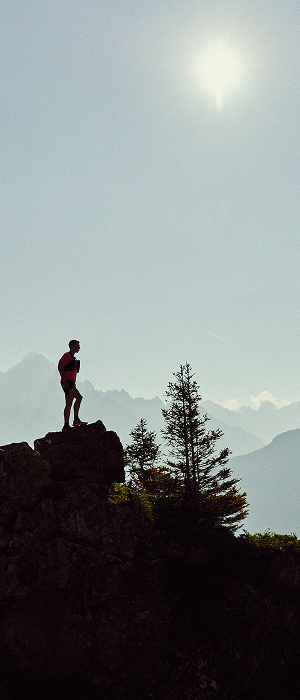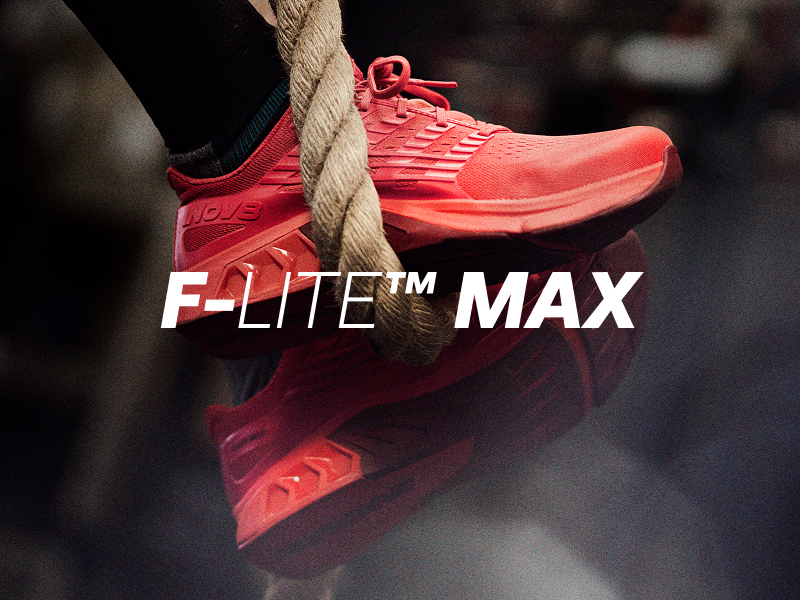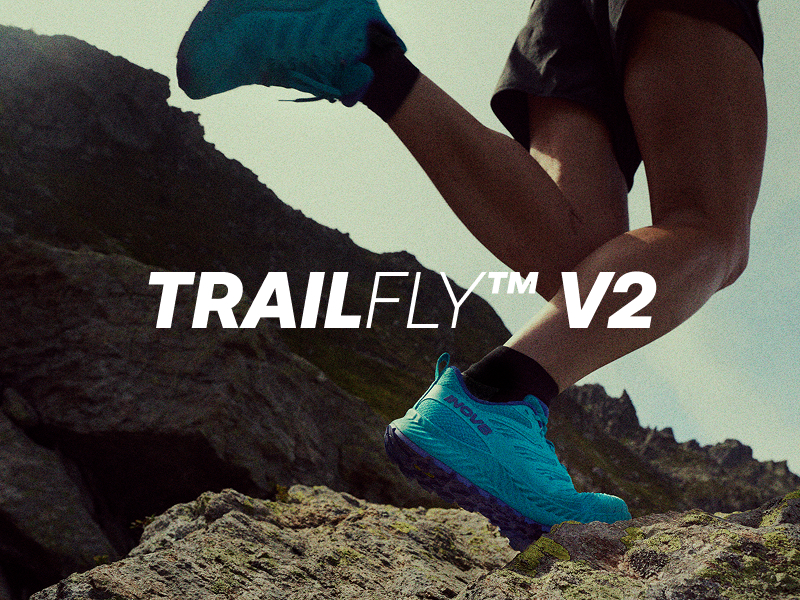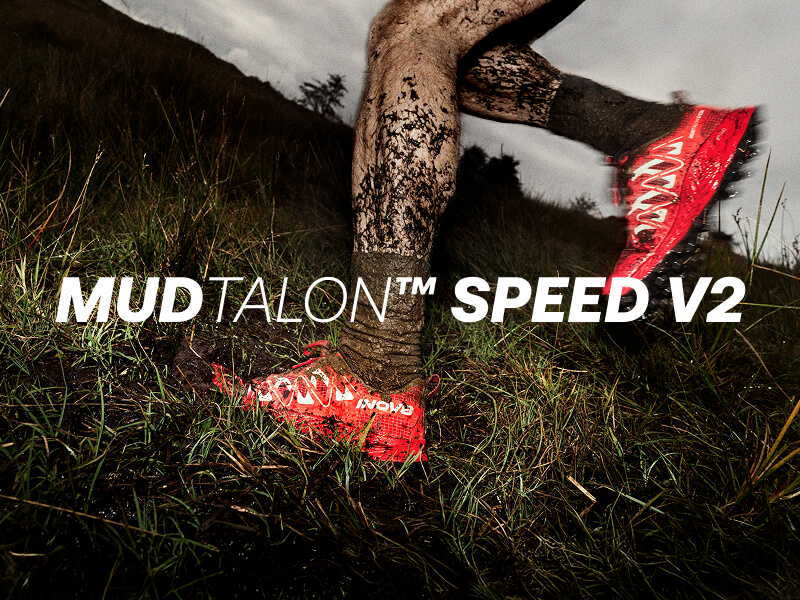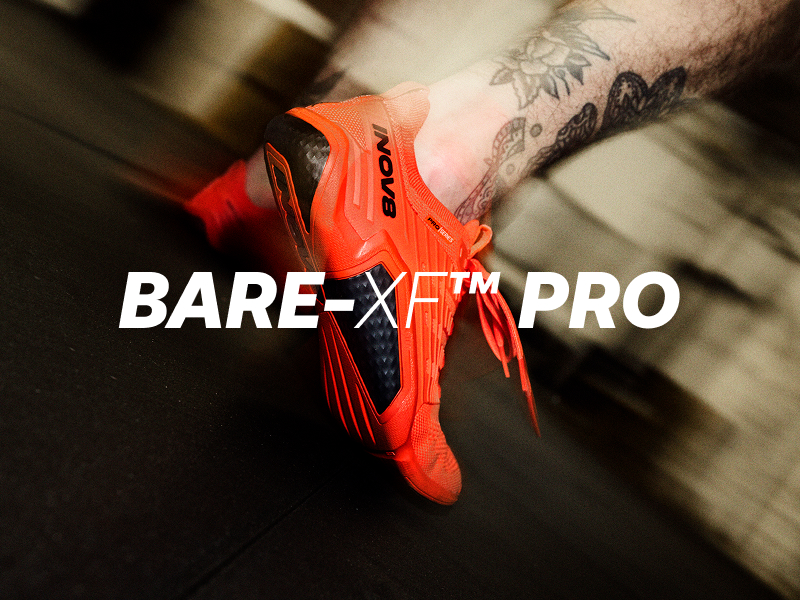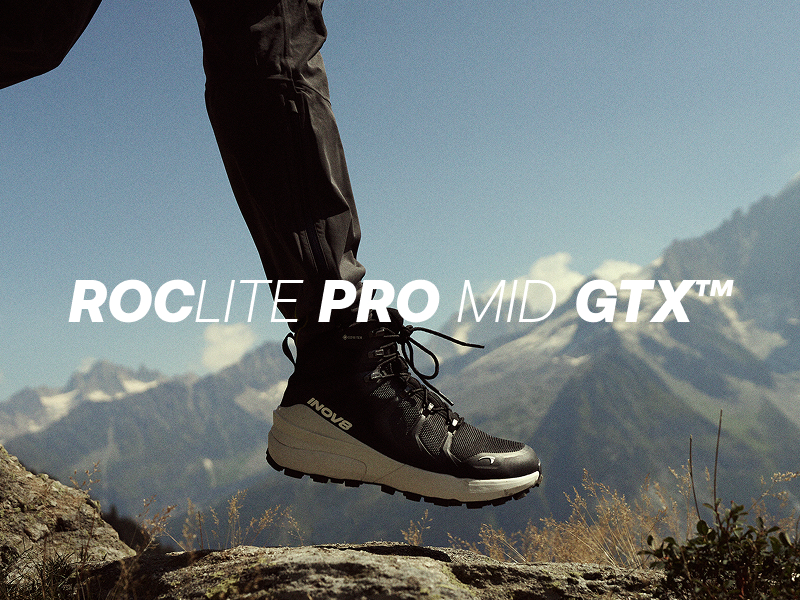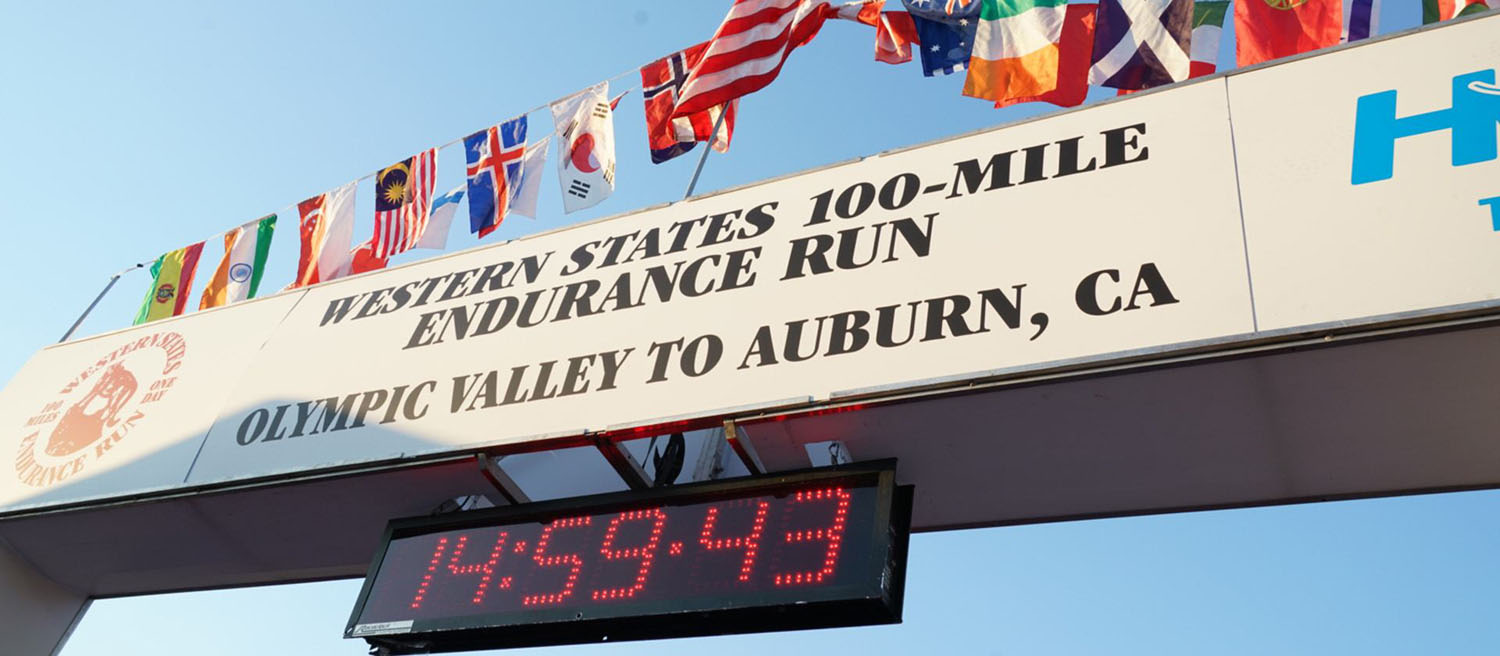
Imagine running for 100 miles along remote trails once used by the gold and silver miners in the early 19th century - winding your way through the canyons of California gold country, through ice-cold waters and over high passes. Each year, just over 300 ultra runners line up in Squaw Valley, ready to do just that. They’re there to take on the world’s oldest 100-mile trail race, the Western States Endurance Run, a bucket list race for countless ultra runners around the globe.
HISTORY
Founded in 1974, the Western States Endurance Run is run over the middle section of the historic Western States Trail – which stretches from Salt Lake City in Utah, over the Great Basin and Sierra Nevada, to California.
The trail has a diverse history – originating with the indigenous people of the regions, later being used during the gold and silver rushes and then partly falling into obscurity before being rediscovered in the 1920’s. In 1955, the Western States Trail Foundation was established by Wendell T. Robie after he rode 100-miles of the trail to prove horses could cover the distance in 24 hours.
Robie established the Western States Trail Ride (The Tevis Cup) in the same year. The event, which saw horsemen attempt to cover 100-miles of the trail in a 24-hour period, became an annual event. Some would say it was inevitable someone would try the same distance on foot, and in 1972, that day came. 20 men from the US army infantry set out 24-hours before the start of the Tevis Cup, with 7 completing the distance before the allotted 24 hours for the horses was up (they took between 44 and 46 hours).
In 1974, the first runner lined up with the horses - a veteran of the race and capable horseman - Gordy Ainsleigh. Proving he was as good a runner as a rider, Gordy covered the 100 miles in 23 hours and 42 minutes, comfortably under the 24-hour time limit of the Tevis Cup. Two further attempts followed in 1975 and 1976, the latter by Ken “Cowman” Shirk who successfully completed the trail in 23 hours 30 minutes. In 1977, 14 hardy runners lined up beside the horses, marking the 1st Official Western States Endurance Run.
A lot has changed since that first year, where the runner’s only ‘aid’ was at the rider’s veterinary stops – getting only water and the occasional ‘drop bag’ if they’d been organised enough to hand the vets one. 1978 saw the ‘Run’ moving to the standalone event it is today, with runners no longer competing with horses at support points. The first woman, Pat Smythe, finished the course in 1978 in a time of 29 hours 34 minutes.
THE ROUTE
The Western States Endurance Run packs a punch with over 18,000ft (5500m) of ascent, and 23,000 ft (7000 m) of quad-busting descent, over remote and rugged trails. The race is run on the middle part of the Western States Trail, starting at Squaw valley (also known as Olympic Valley) and finishing in Auburn, California, over 100 miles later.
Runners face a brutal 2,550 ft of climb in the first 4.5 miles alone - from the valley floor up to Emigrant Pass. The route then takes the runners west, with another 15,000ft of climb over old mining trails that are, in large parts, only accessible by foot, horseback and helicopter. The sighting of bears en route is not uncommon, and Jim Walmsley famously had to stop for a few minutes to let a mother bear and her cubs clear the trail, on his way to winning in 2018.
COURSE RECORDS AND NOTABLE COMPLETIONS
The Western States Endurance Run has seen some remarkable feats of grit, determination and consistency in the face of such a huge challenge. At the time of writing this - Ann Trason has won the women’s race a phenomenal fourteen times, while Scott Jurek has won seven races back-to-back. Californian ultra runner Tim Twietmeyer has completed the race a record 25 times, all under 24 hours, and won the race five times too.
The overall course record of 14 hours and 9 minutes is held by Jim Walmsley. Jim set the record in 2019, knocking almost 20-minutes off his previous record, set only a year prior. The women’s record of 16 hours and 47 minutes, held by Ellie Greenwood, has been unbroken since 2012.
While records might be unattainable for the majority, runners who complete the race in under 30 hours get a bronze buckle, and those completing in under 24 get a coveted silver buckle.
All photographs courtesy of Peter Maksimow
